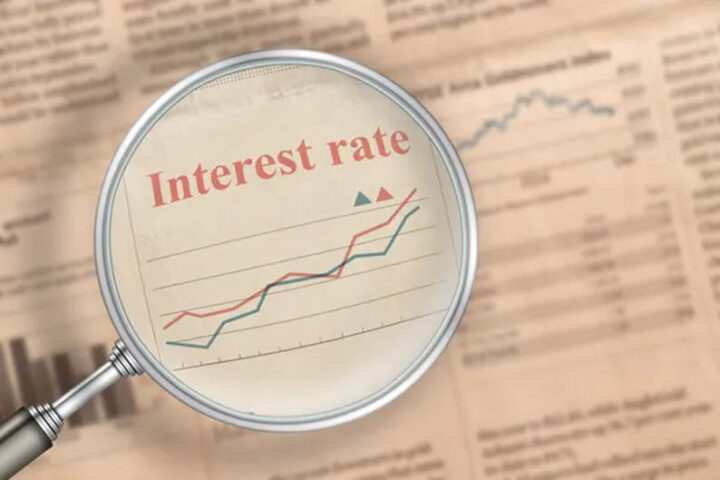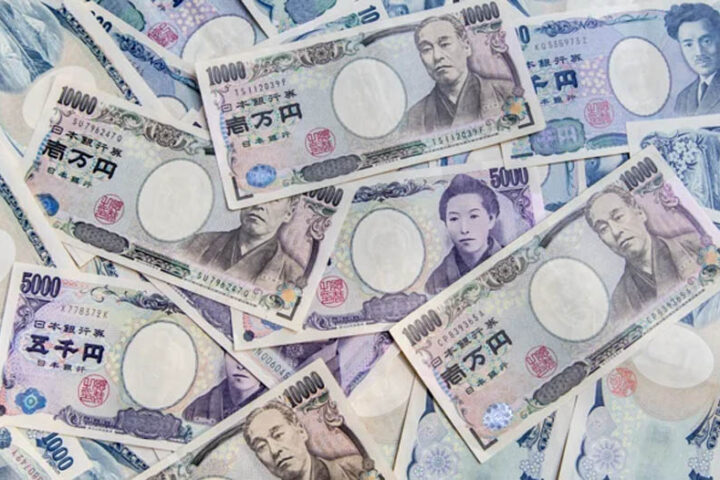Investors looking to build wealth will probably overlook the World Bank’s gloomy reports about China and east Asia facing the worst economic outlook in half a century, according to the CEO of a leading independent financial advisory and fintech.
“Despite the World Bank’s gloomy outlook on China’s and east Asia’s growth and the challenges posed by factors like US protectionism and rising debt levels, investors will continue to view the region as a highly attractive investment destination,” said Nigel Green of deVere Group.
The World Bank said it now anticipates China’s output would grow 4.4% in 2024, down from the 4.8% it expected in April.
It also downgraded its 2024 forecast for GDP growth for developing economies in east Asia and the Pacific of 0.2%.
Green explained that one of the primary reasons to ignore the glum outlook is the robust economic fundamentals.
While growth rates may slow down, East Asian economies have demonstrated their resilience and adaptability in the face of various challenges, the deVere boss said. Countries like China, South Korea, and Vietnam have diversified their economies, focusing on innovation, technology, and export-oriented industries.
“This diversification reduces their vulnerability to economic shocks and demonstrates a commitment to long-term growth,” Green said, as East Asia is home to some of the world’s most populous countries, including China and Indonesia.
“This vast consumer base represents a significant opportunity for businesses to expand their market reach. Rising incomes and an emerging middle class in the region are driving consumer spending, making east Asia an attractive destination for companies looking to tap into this growing market.”
While some East Asian countries, like Japan, are facing aging populations, others, such as Indonesia and the Philippines, have young and growing populations. Demographic trends play a crucial role in determining long-term economic prospects.
Younger populations can drive consumption, labour force growth, and innovation, creating favourable conditions for investment.
Investing in infrastructure
The deVere CEO added that, “the majority of east Asian countries are actively investing in infrastructure development. Projects like high-speed railways, smart cities, and ports are not only improving connectivity within the region but also creating investment opportunities for both domestic and foreign investors.
“Naturally, these infrastructure investments help to lead to long-term economic growth and stability.
“Also, something that never gets underplayed by investors, is the strategic location as a crossroads between the Asia-Pacific region and the rest of the world, making it a hub for trade and investment.”
With well-established supply chains and logistical networks, the region offers a competitive advantage for businesses seeking to access markets.
Furthermore, east Asia has established itself as a global leader in technology and innovation.
“In addition, east Asia boasts a highly skilled and educated workforce. Countries like China – which produces 1.4 million engineers a year – and South Korea have invested heavily in education and vocational training, producing a talent pool that is well-equipped for various industries, including tech, manufacturing, and finance.”
In recent years, many East Asian governments have implemented policies to attract foreign investment. These policies include tax incentives, streamlined regulatory processes, and investment protection measures. This environment is conducive for luring foreign capital.
Nigel Green concludes: “The World Bank report says one of the world’s main growth engines is facing its slowest pace of growth since the 1960s.
“However, we fully expect east Asia to remain a highly attractive destination for global investors.”










